When you approach writing instruction with a deep understanding of children in your classroom, everything else―assessment, planning, differentiated instruction, mentor and shared texts―begins to fall into place. And you can teach writing with inclusion, equity, and agency at the forefront. –Melanie Meehan and Kelsey Sorum

March 25th, #g2great had the opportunity to join with Melanie Meehan and Kelsey Sorum to explore the resources they share in their new book, The Responsive Writing Teacher. If you missed the chat, you can access the entire chat here.
Responsive teaching allows teachers to give close attention to students’ clear assets and needs, reflect on actionable ways to support, create authentic ways for students to give evidence of learning and share effective feedback for kids.
Meehan and Sorum go further in their commitment to responsive teaching. They inspire teachers to spend time genuinely getting to know kids and what they need. The focus is on targeted, individual support and student-focused inspiration.
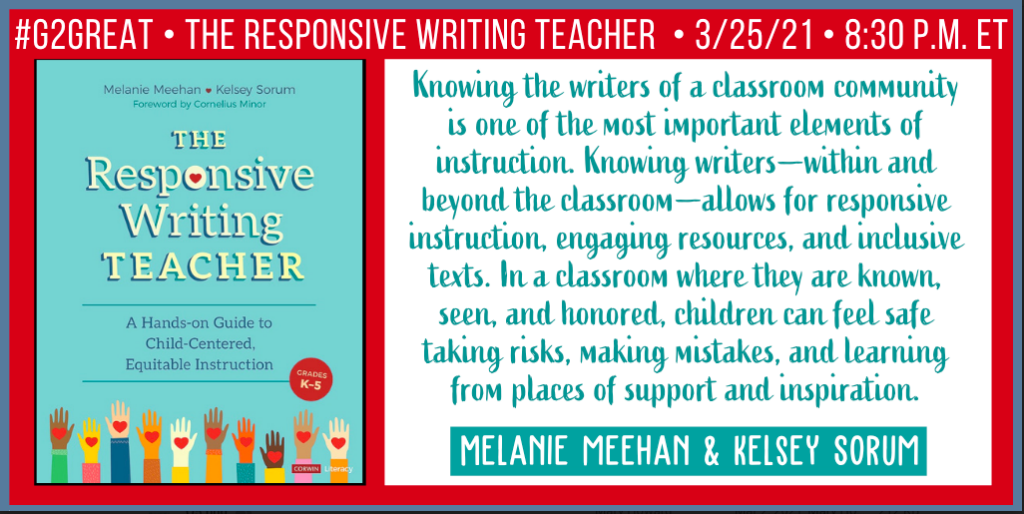
The single most significant decision you can make in regard to being a responsive teacher is building strong relationships with every student. These types of relationships build community that allow students to take risks, makes it easier for you, the teacher, to differentiate for specific needs, and works proactively to prevent power struggles that inevitably occur.
What I love about this book is that one might assume it’s a skills handbook of sorts, but it’s much more than that. This book by Meehan and Sorum is a treatise on how to start with, maintain and solidify acts of humanity. Every day deliberate, intentional acts of humanity. When teachers defer to student needs, their individual cultural and ethnic lives, celebrating students’ fund of knowledge and their singular hopes and dreams, everyone benefits. Imagine a classroom where everyone is a teacher and everyone is a learner. Meehan and Sorum make it clear through their book that it can happen.
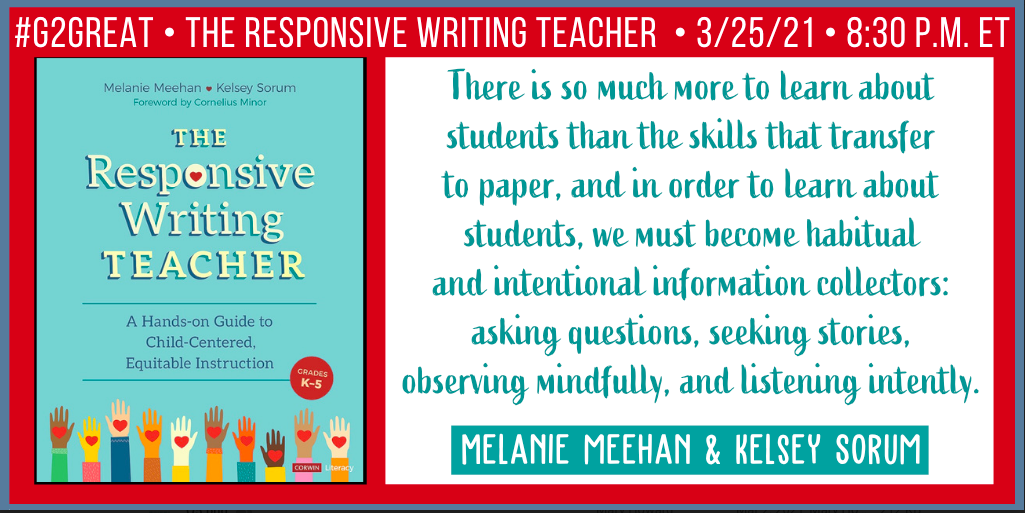

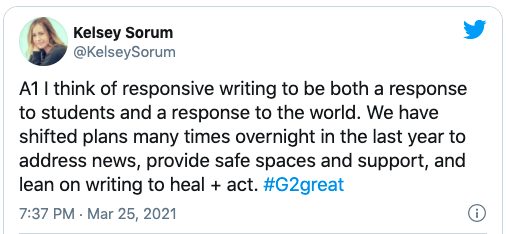

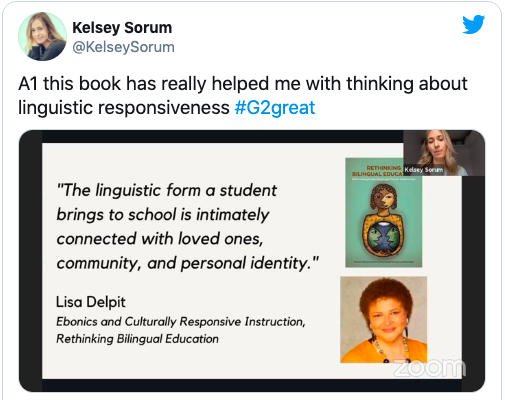
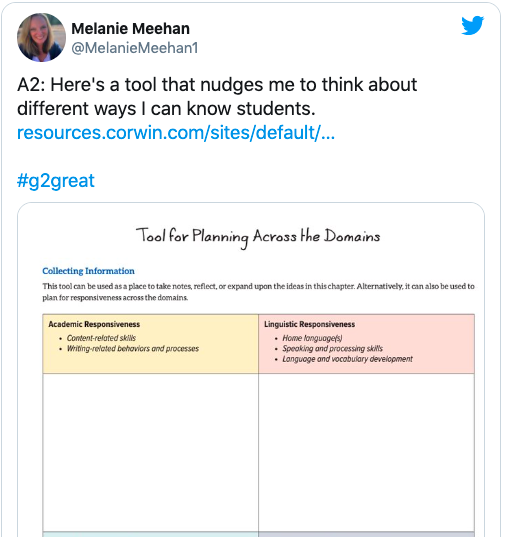
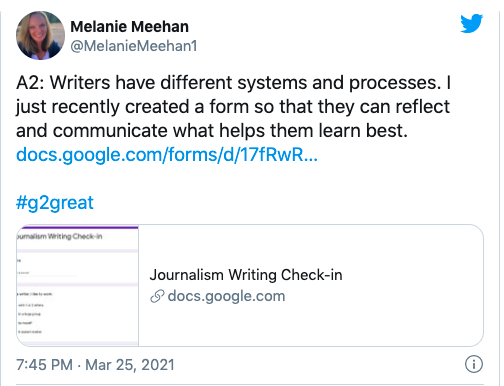
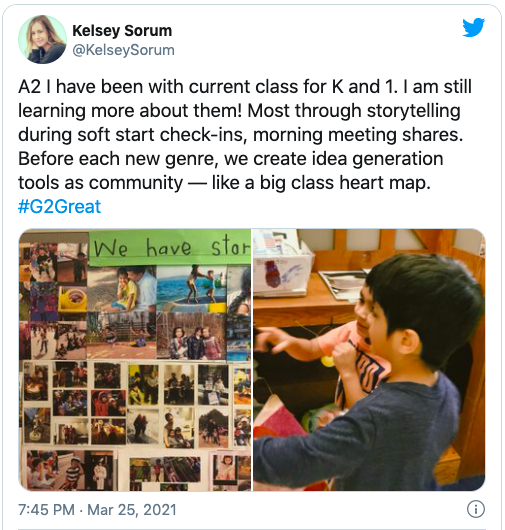
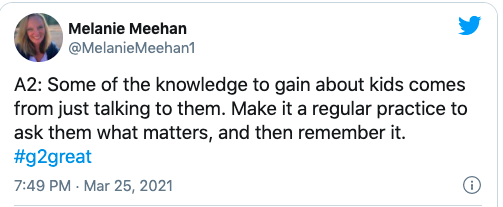
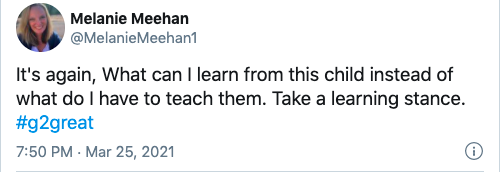

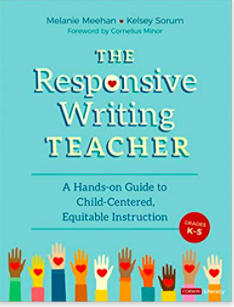
One thought on “The Responsive Writing Teacher: A Hands-On Guide to Child-Centered, Equitable Instruction”
Comments are closed.